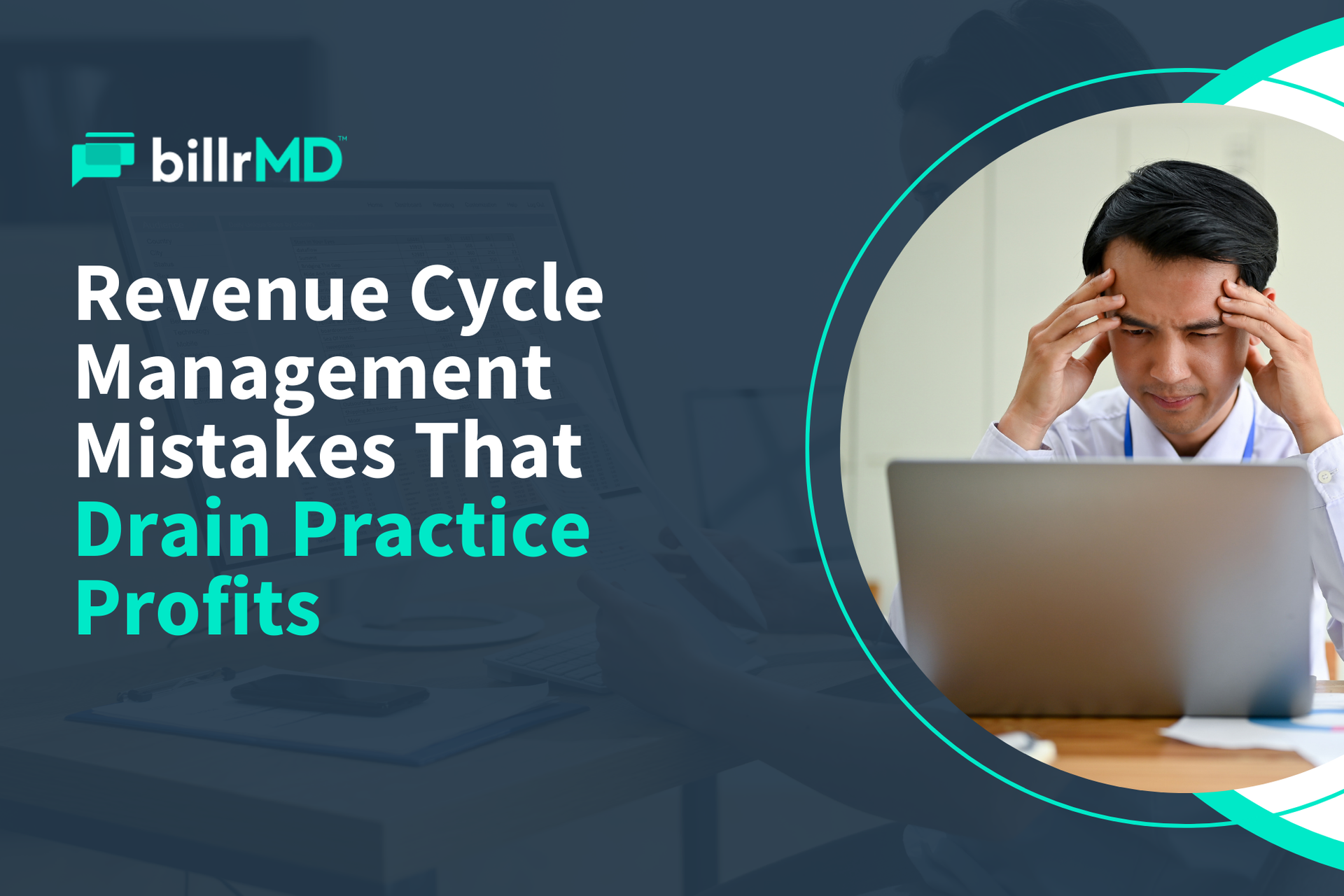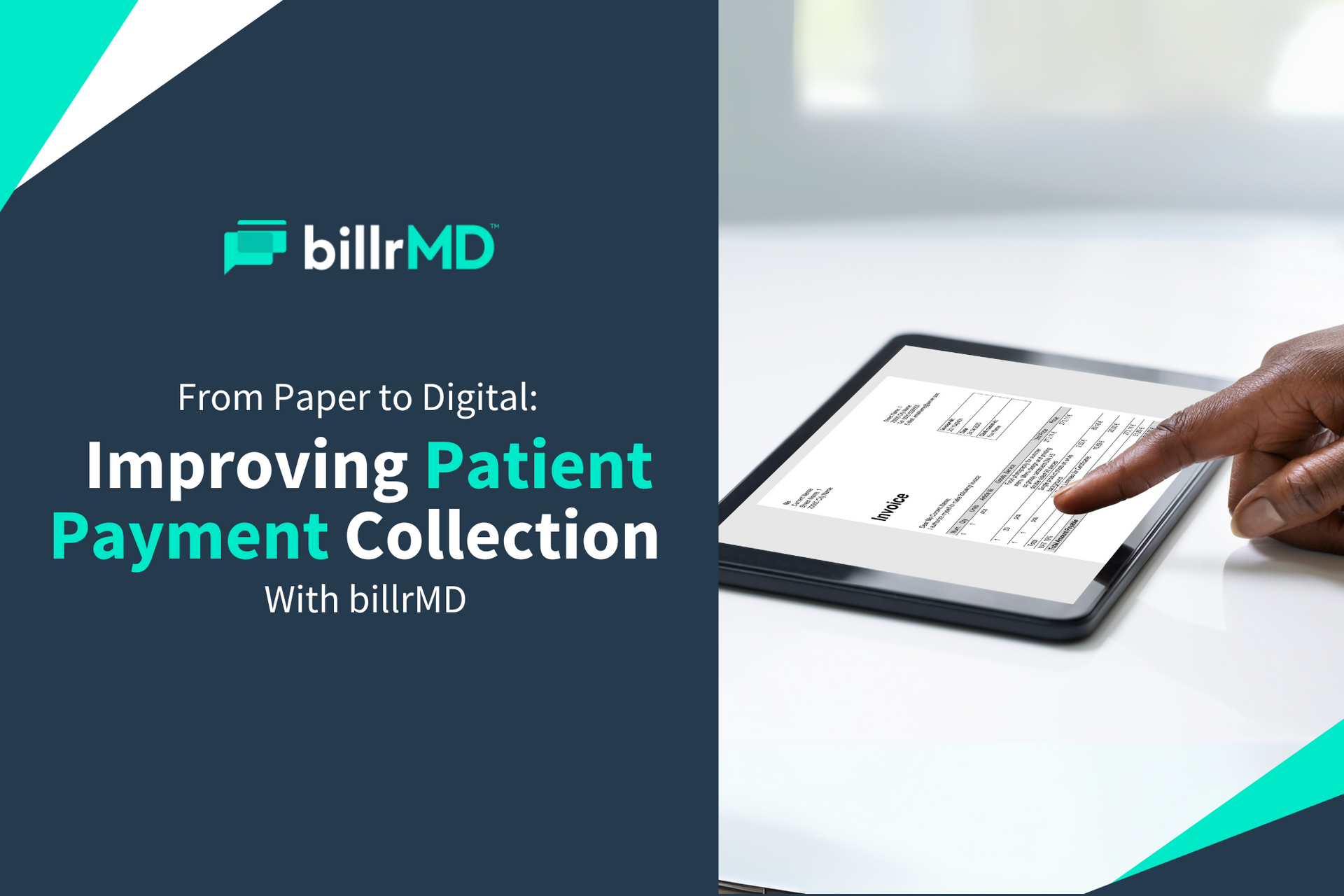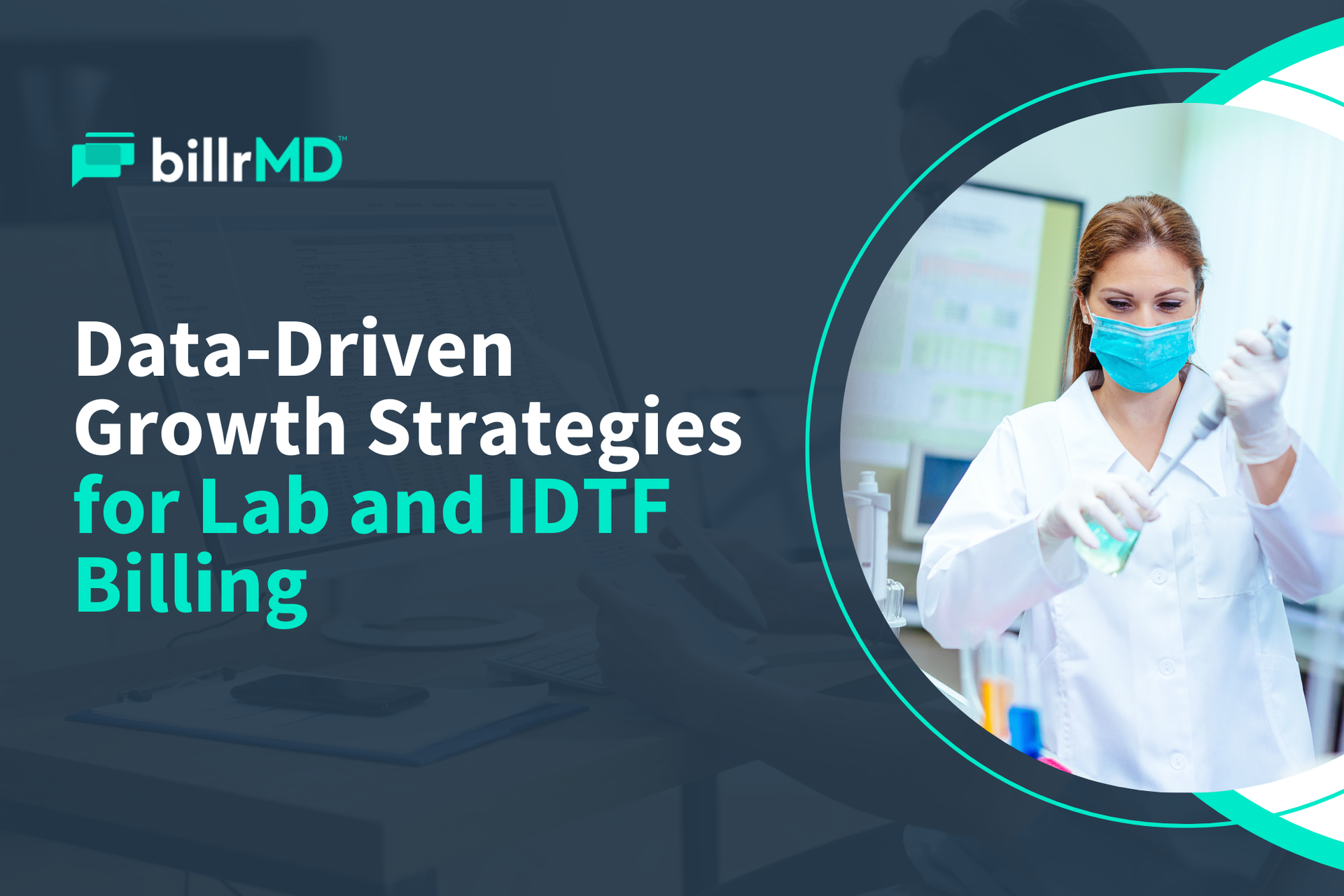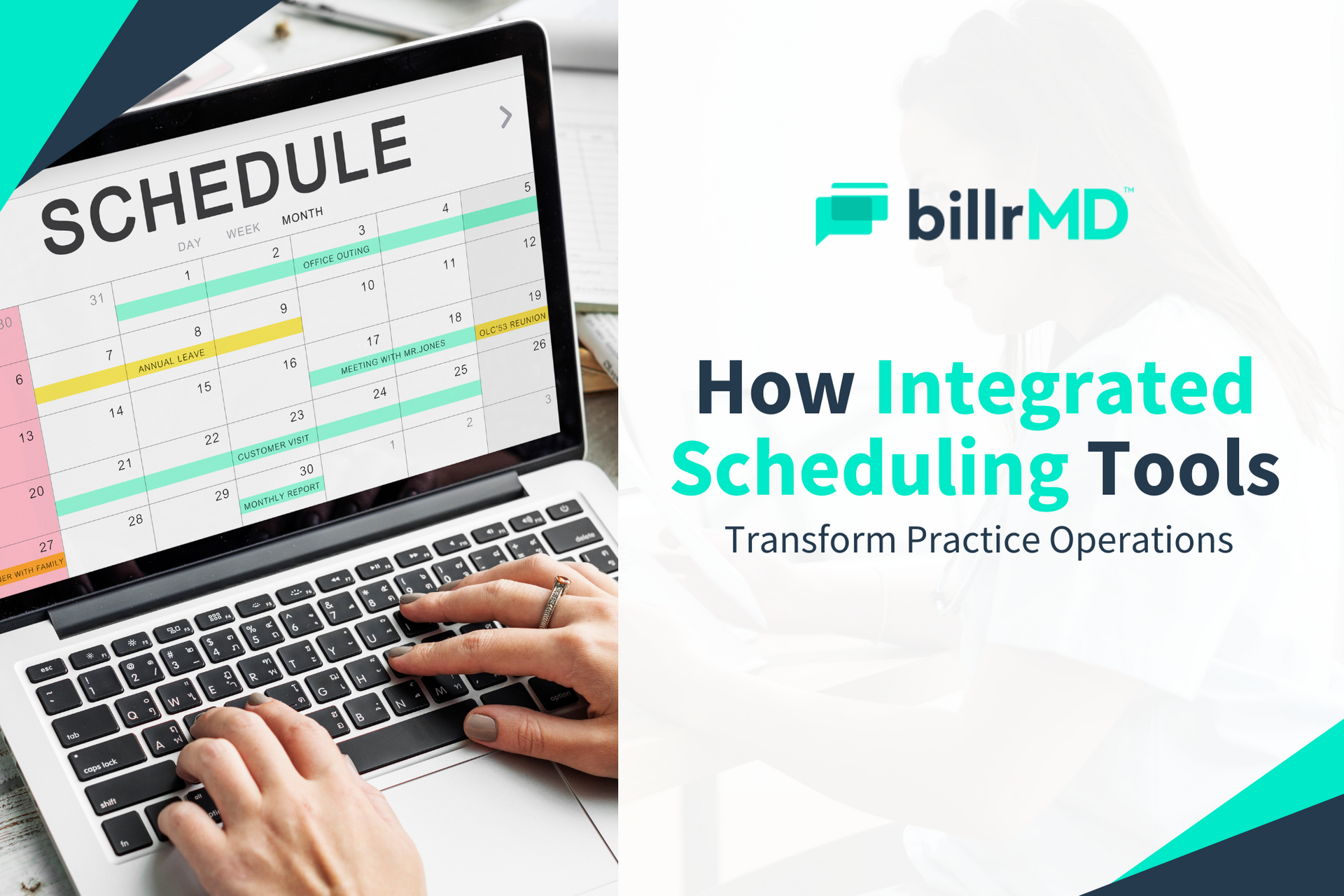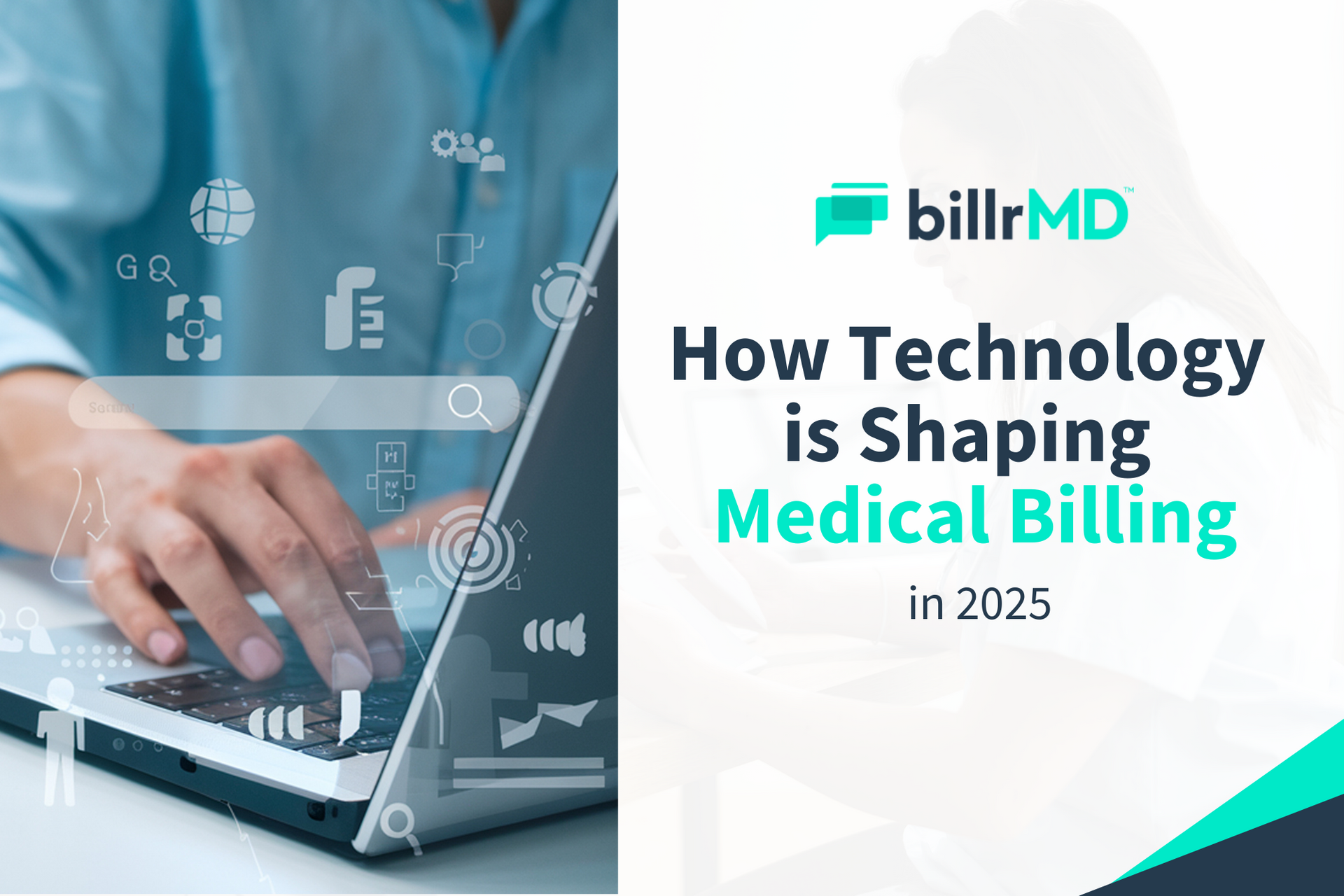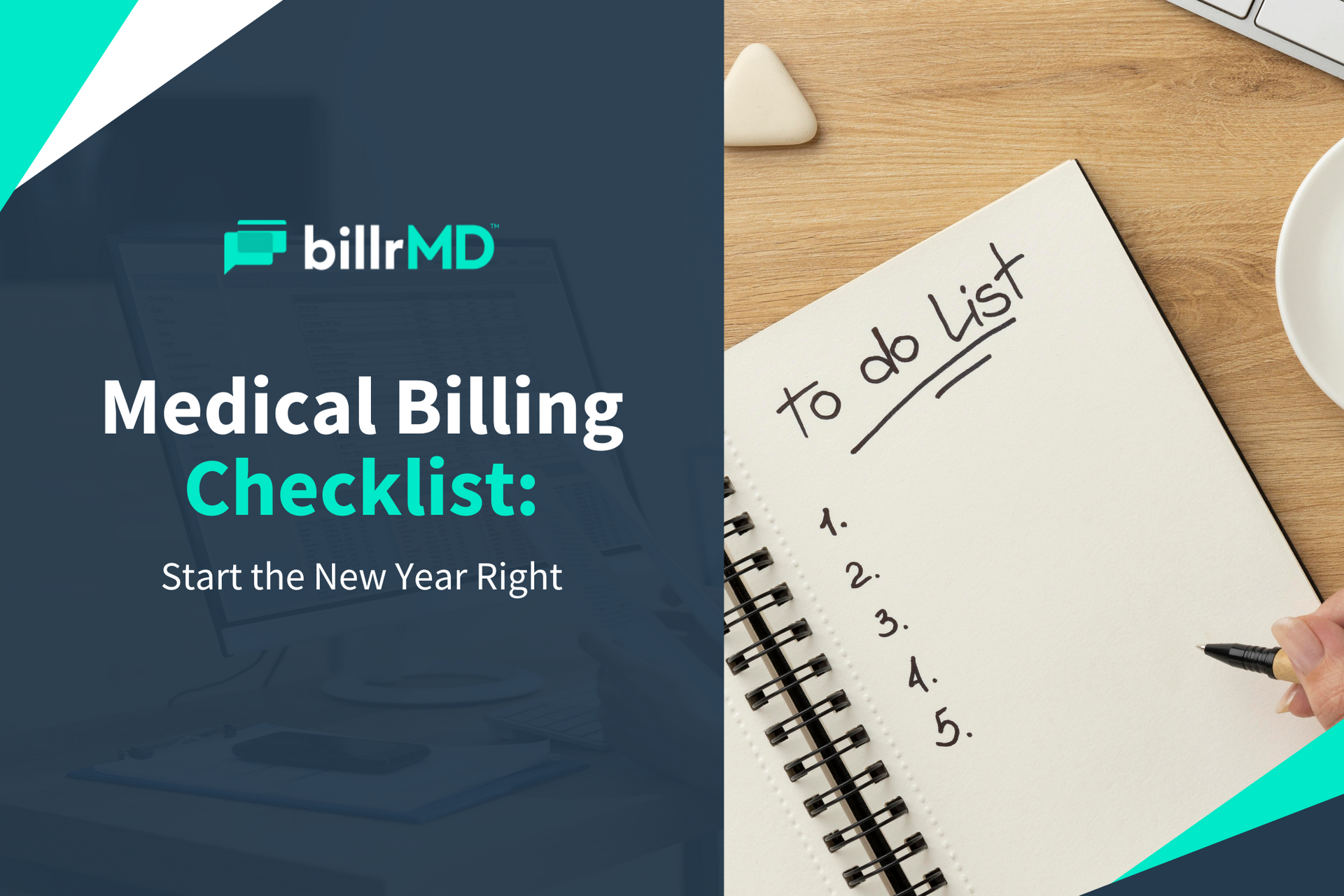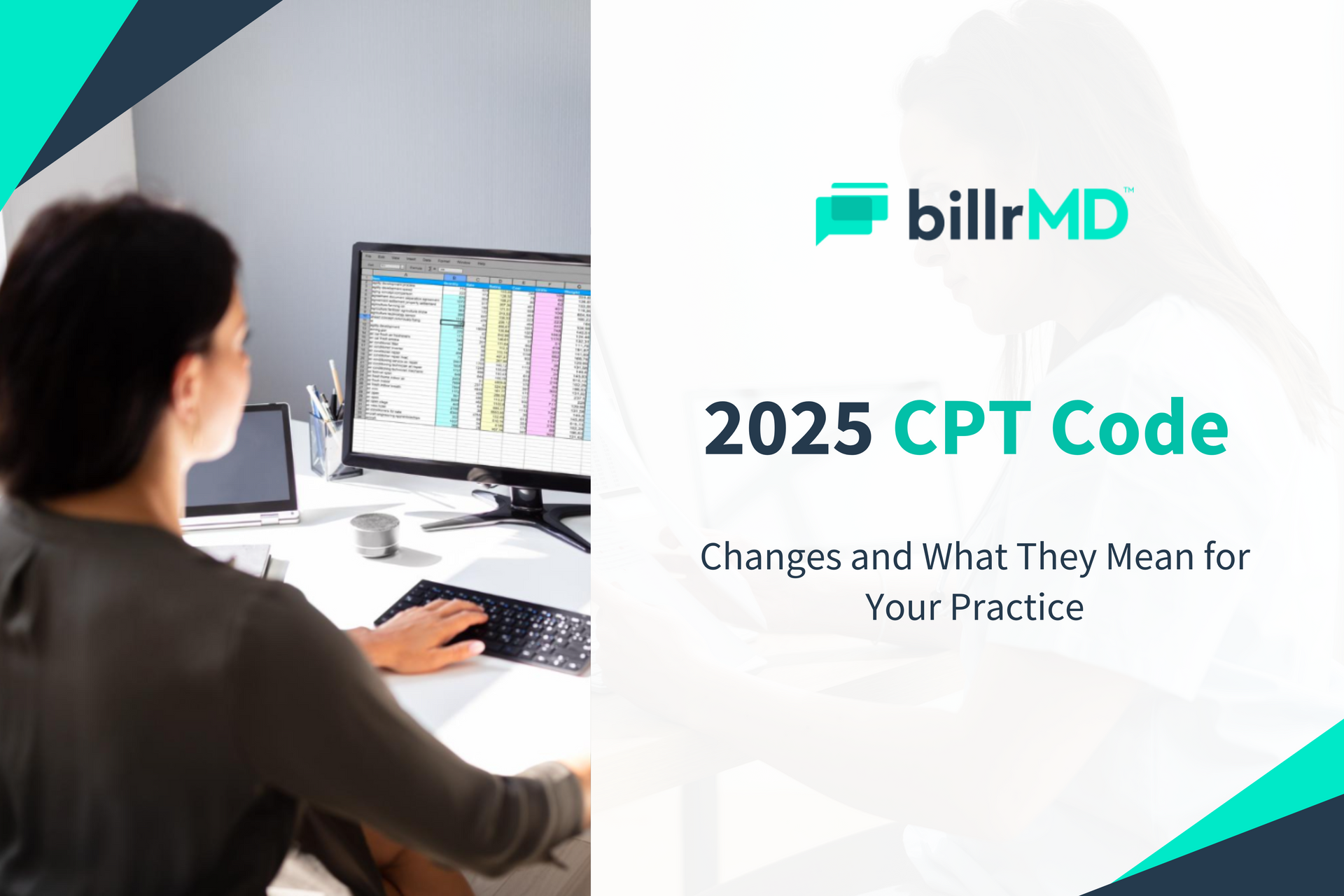Medical Billing Through the Ages: Tracing Technological Evolution

Medical billing is more than just paperwork; it’s the lifeblood of healthcare facilities, keeping them operational and financially stable. But it hasn't always been the streamlined and digitized process we know today.
From the early days of handwritten ledgers to the integrated billing systems we now rely on, understanding this evolution offers valuable insights into how far we've come and where we're heading. Many practice management and medical billing companies like billrMD now offer solutions that redefine billing practices. For healthcare providers, keeping up with these innovations is more important than ever.
As we look into the evolution of medical billing, we’ll see how these advancements have propelled healthcare facilities forward, allowing them to stay competitive and maximize revenue potential. We've come a long way, so let's delve into how far we've come and where these innovations are taking us next.
Are you seeking a modern solution for your billing needs?
The Early Years of Medical Billing
Before the advent of electronic systems, medical billing was a labor-intensive process involving copious amounts of paperwork, manual record-keeping, and frequent errors.
Healthcare providers relied on physical files and handwritten notes to track patient visits, treatments, and billing information. Not only did this approach consume significant time and resources, it also increased the risk of errors and lost information.
Additionally, submitting claims to insurance companies was a slow process, leading to delays in reimbursements and financial strain on healthcare practices. The inefficiencies of these early systems underscored the need for a more streamlined and reliable solution.
The Shift to Electronic Medical Billing Systems
The introduction of electronic medical billing systems marked a significant shift in the healthcare industry. Technology began to play a pivotal role in streamlining medical billing processes. Computerized systems replaced manual record-keeping, allowing for more accurate and efficient patient information and billing records management.
Although basic by today's standards, these early electronic systems set the stage for further technological advancements. They reduced the burden of paperwork, minimized errors, and accelerated the claims submission process. Healthcare providers experienced quicker reimbursements, improved cash flow, and more efficient administrative operations.
Read: Online Medical Billing vs. Traditional Methods: Pros and Cons
Notable Milestones in Medical Billing Technology

Medical billing has come a long way. Let’s take a closer look at some of the most pivotal milestones that have shaped the current medical billing landscape:
1. Electronic Health Records (EHRs)
The first use of EHRs can be traced back to the 1960s when the Mayo Clinic implemented an early system, significantly transforming healthcare data management. EHRs have transformed patient information management, making it easier than ever to keep track of medical histories, treatment plans, and billing details.
By digitizing these records, EHRs enable seamless information sharing between healthcare providers and billing departments. Not only does this technology reduce the burden of paperwork, it also enhances the accuracy and accessibility of patient records.
2. Cloud-Based Solutions
Cloud computing evolved from the 1960s' concept of time-sharing to today's on-demand internet-based resource sharing. Adopting cloud technology in medical billing brings many advantages, such as secure, scalable, and accessible solutions.
With cloud-based systems, healthcare staff can access patient and billing data from anywhere, facilitating collaboration and strengthening data security. Moreover, these systems reduce the necessity for extensive on-site IT infrastructure, cutting costs and boosting flexibility.
At billrMD, we leverage cloud-based solutions to offer healthcare providers a reliable and efficient practice management and billing system that supports remote access and real-time updates.
3. Easy Payment Options
Electronic payments began with credit cards and ATMs in the 1960s, evolving through online banking in the 1990s and mobile payment apps in the 2000s.
The availability of electronic healthcare payment systems, such as online payment portals, mobile apps, and automated plans, makes it more convenient for patients to settle their medical bills. Easy payment options reduce the time and effort required for payment, enhance patient satisfaction, and improve the likelihood of timely collections.
billrMD's new text-to-pay feature provides patients with an easy, secure way to pay through their mobile devices. This innovation enhances convenience and improves the likelihood of timely payments, ultimately benefiting patient satisfaction and practice revenue.
4. Practice Management Software (PMS)
As EHRs advanced in the 80’s and 90’s, features like billing and scheduling were incorporated into medical practice management software. Practice management software simplifies the administrative side of running a healthcare practice.
From appointment scheduling and patient registration to billing, it centralizes all these functions in one system. This integration boosts overall practice efficiency, improves inter-departmental communication, and enhances patient care by ensuring smoother operations.
billrMD stands out by integrating advanced task management solutions that streamline billing processes, boosting efficiency and accuracy. Our customizable workflows cater to the specific needs of healthcare practices, ensuring exceptional adaptability and performance.
5. Medical Billing Software
The 1990s saw the advent of specialized billing software, transforming the way medical billing was processed and managed. Advanced medical billing software automates tasks like claim submission, payment posting, and denial management. This automation minimizes manual errors, accelerates the billing cycle, and ensures adherence to industry regulations.
Such systems also offer a holistic view of the revenue cycle, helping healthcare providers identify bottlenecks, improve cash flow, and optimize financial performance. An innovative medical billing system reduces claim denials and increase collection rates.
These tools allow healthcare providers to refine their revenue cycle management and focus more on delivering quality patient care.
6. Advanced Analytics
Data analytics significantly evolved with the advent of computers in the mid-20th century, leading to advanced techniques in data mining, machine learning, and big data analytics, which have revolutionized decision-making across various industries.
Using advanced analytics in medical billing opens new avenues for optimizing revenue cycles. By analyzing large datasets, healthcare providers can uncover patterns and trends that affect billing and reimbursement processes.
Predictive analytics forecast claim denials, optimize pricing strategies, and improve financial planning. Data analytics also support regulatory compliance by ensuring accurate and timely reporting. billrMD harnesses state-of-the-art data analytics tools to deliver actionable insights into revenue cycles, reimbursement patterns, and billing efficacy.
7. Patient Portals
Patient portals were first implemented in the late 1990s at major healthcare institutions such as the Palo Alto Medical Foundation and Boston Children's Hospital. Their broader adoption and integration into healthcare systems didn't take off until around 2006.
Portals allow patients to access their medical records, view billing information, and make payments online. This technology improves patient engagement, increases transparency, and reduces the administrative burden on healthcare staff.
8. Mobile Health Applications
Throughout the past decade, the mobile health application (m-Health app) market has expanded rapidly and making waves in medical billing and patient engagement. These user-friendly apps enable patients to book appointments, access their medical records, get reminders, and handle billing information from their smartphones. By increasing patient participation in healthcare, these apps improve communication with healthcare providers and streamline billing with real-time updates and notifications.
The Future of Medical Billing
Several emerging technologies promise to shape the future of medical billing. Key trends include:
1. Artificial intelligence (AI) and large language models (LLMs) will continue transforming medical billing by automating repetitive tasks, detecting billing anomalies, and predicting claim outcomes with remarkable accuracy.
2. The healthcare sector will adopt blockchain technology more. Blockchain's decentralized nature ensures that patient information and billing records are immutable and accessible only to authorized parties, reducing the risk of fraud and data breaches.
3. Cloud technology will continue to revolutionize medical billing by providing scalable, secure, and accessible systems. These solutions will enable more healthcare providers to manage billing operations from any location, ensuring continuity of operations and flexibility.
4. There will be a higher demand for seamless information exchange between healthcare systems. Interoperable systems will improve care coordination, billing information accuracy, and claims processing.
Future-Proof Medical Billing with billrMD
Since our inception in 2020, billrMD has rapidly become a game-changer in the medical billing industry.
By leveraging state-of-the-art technologies and fostering a culture of continuous innovation, we’ve earned the trust of healthcare providers nationwide. Our groundbreaking efforts in simplifying medical billing have unlocked new levels of efficiency and set new industry standards.
The future is bright for billrMD, with growth and expansion on the horizon. As we continue to push the limits of medical billing technology, healthcare providers can expect even more groundbreaking solutions. Now is the perfect time to embrace the advanced capabilities of billrMD.
Don’t miss your chance to future-proof your medical billing processes. Try billrMD today and experience the difference true innovation can make in your practice.
Recent Posts
One software for all your practice management needs.
billrMD | All Rights Reserved.
billrMD | All Rights Reserved.

